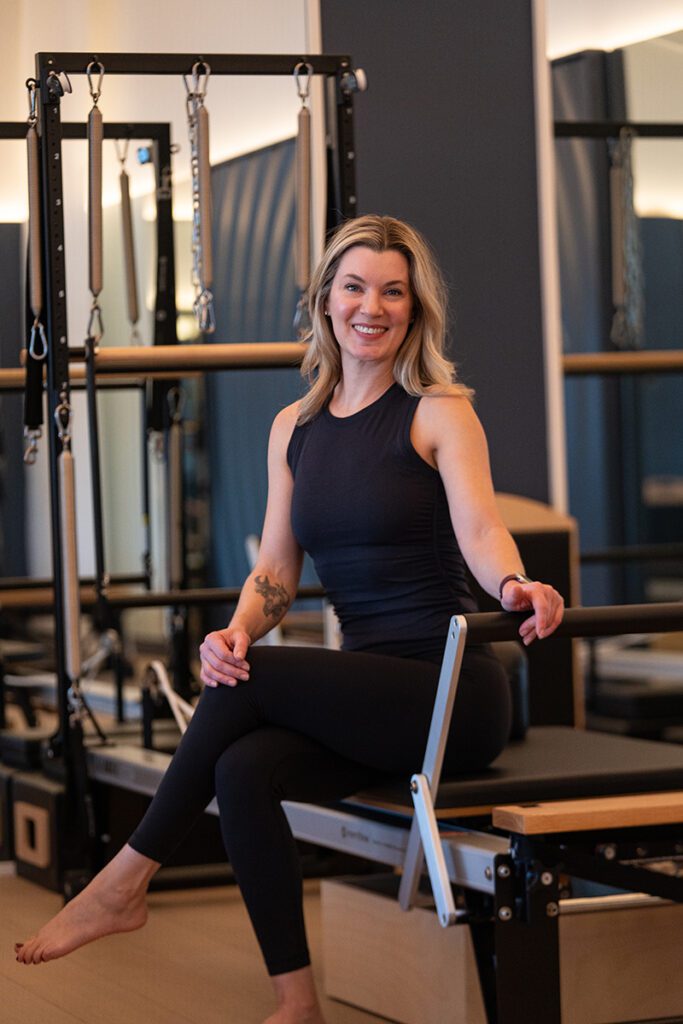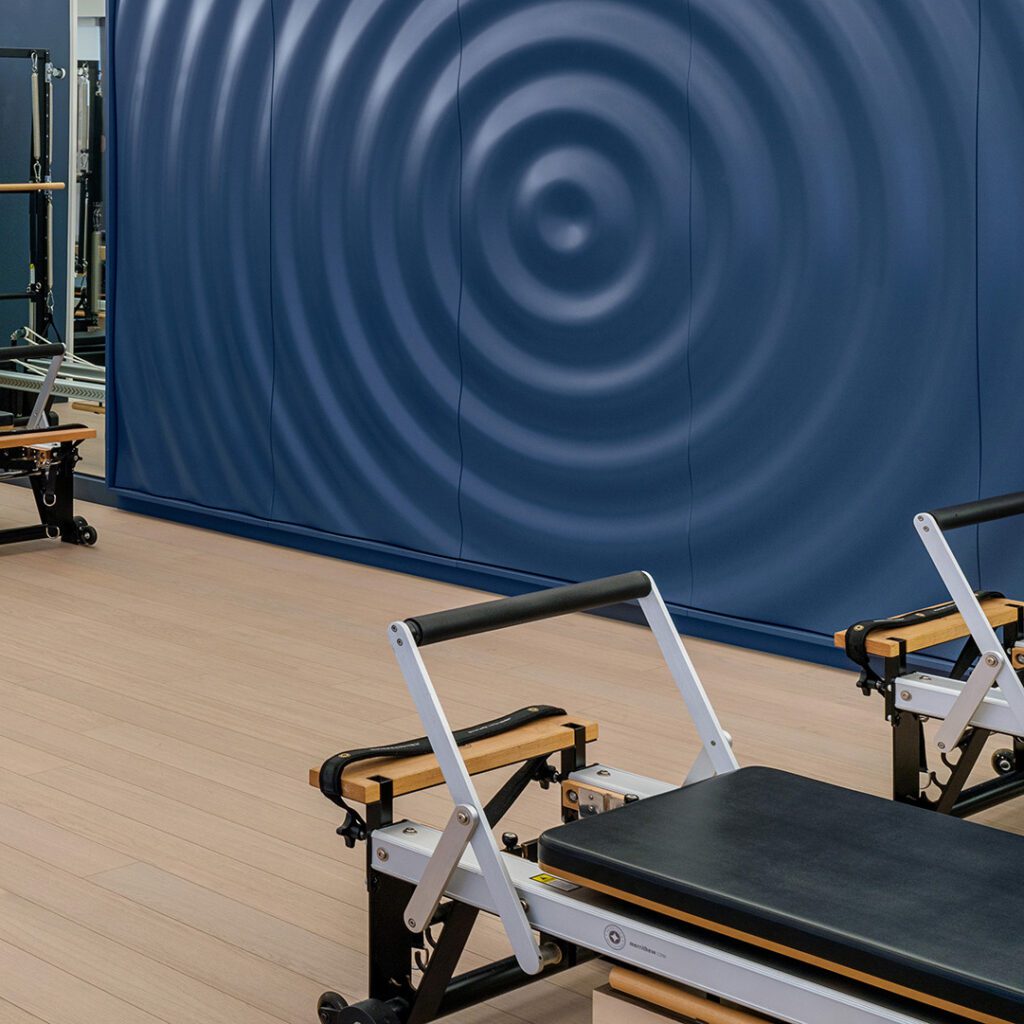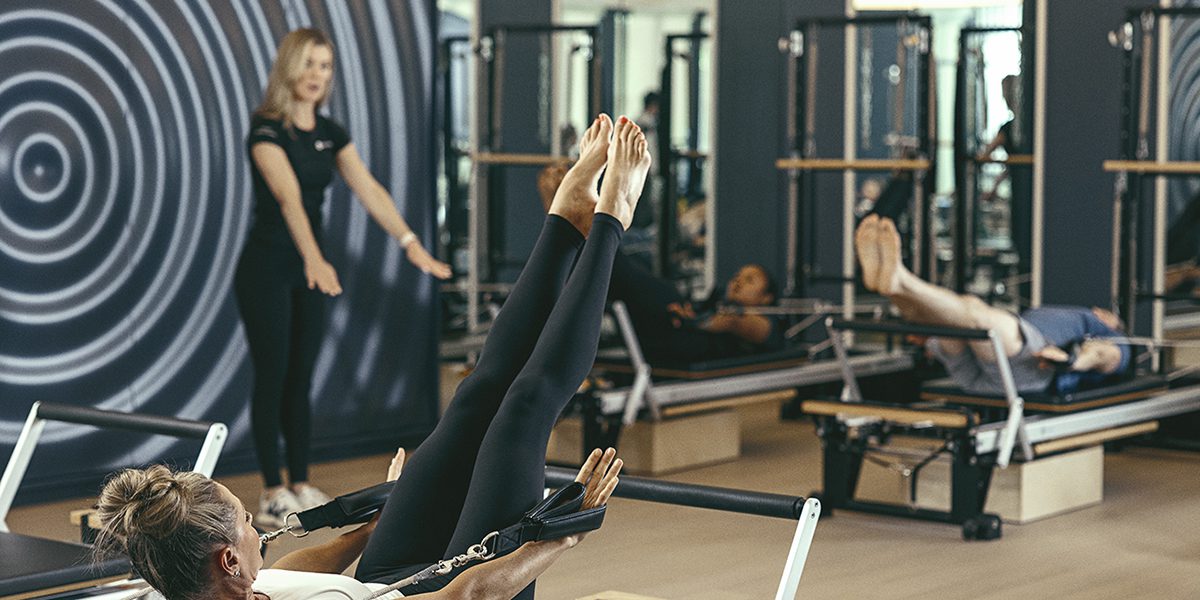WRITTEN BY WOODSIDE PILATES STUDIO MANAGER, HEATHER DILLMAN
A PATH TO A HEALTHIER, LONGER LIFE
I often get asked how I came to be a professional Pilates Instructor. I wish I could tell you that I was a ballet dancer, that I practiced Pilates for many years, that the Pilates Method was my calling, that my role as a Pilates Instructor was steeped in destiny, and so on. The truth is there is one reason why, after taking just 2 Pilates classes, I enrolled in a 600-hour Pilates certification. That reason? Longevity.
You see, at the time I was a full-time fitness professional teaching a multitude of high intensity fitness classes and loved it — but as I approached my 40th year of life, I realized teaching and taking classes at that intensity level was not sustainable for me. I was committed to continuing my career as a fitness professional well into my 50s, 60s and even 70s.
What modality would allow me to do what I loved for the rest of my life? Not only as a career but as practitioner, so that I could maintain physical fitness as I aged gracefully. The answer was clear: Pilates.
In recent years, the pursuit of longevity has gained significant attention, with many individuals seeking ways to enhance their quality of life as they age. Pilates has emerged as a powerful tool in this quest. Developed by Joseph Pilates in the early 20th century, this low-impact exercise method focuses on core strength, flexibility and overall body awareness, making it an excellent choice for those looking to maintain their health and vitality over the years. Joseph and his wife Clara taught and practiced Pilates into their 80s. As did many of the “Elders”, as we refer to the first instructors of Pilates today.

THE BENEFITS OF PILATES FOR LONGEVITY
Core Strength and Stability: At the heart of Pilates is the emphasis on core strength. A strong core supports the spine, improves posture and enhances overall stability. As we age, maintaining a strong core can help prevent injuries and falls, which are common concerns for older adults.
Flexibility and Mobility: Pilates incorporates a range of movements that promote flexibility and joint mobility. This is particularly important for aging bodies, as flexibility tends to decrease over time. Regular practice can help keep joints healthy and improve the range of motion, making daily activities easier and more enjoyable.
Improved Balance: Balance is crucial as we age. Pilates exercises often involve movements that challenge balance and coordination, helping to develop the body’s proprioception — the ability to sense its position in space. This can significantly reduce the risk of falls and enhance overall stability.
Mind-Body Connection: Pilates encourages a strong mind-body connection, emphasizing awareness of breath and movement. This mindfulness can help reduce stress and anxiety, and increase mental sharpness, promoting a sense of well-being. A positive mental state is essential for longevity, as it can influence physical health and overall quality of life.

Low Impact and Adaptable: One of the standout features of Pilates is its low-impact nature. It can be adapted for people of all ages and fitness levels, making it accessible for those with physical limitations, chronic conditions or those recovering from an injury or surgery. Older individuals can even engage in plyometrics safely utilizing the Jumpboard in Pilates. This adaptability ensures that individuals can engage in the practice at their own pace, promoting long-term consistency.
GETTING STARTED WITH PILATES
If you’re interested in incorporating Pilates into your routine for longevity, here are a few tips to get started:
Find a Qualified Instructor: Look for a certified Pilates instructor who can guide you through the exercises safely and effectively. A knowledgeable teacher can tailor sessions to your specific needs and ensure proper form. At Woodside, all of our Instructors are Nationally Certified Pilates Instructors who are dedicated to honing their craft, attending continuing education workshops regularly.
Start Slow: If you’re new to Pilates, begin with classes that focus on fundamentals or book a one-on-one session. Focus on mastering the foundational movements before progressing to more intermediate and advanced routines.
Consistency is Key: Aim to practice Pilates regularly. Practicing two to three times a week can yield significant benefits over time. You can see and feel results even practicing once a week if you are consistent.
Listen to Your Body: Pay attention to how your body feels during and after each class or session. It’s essential to respect your body’s limits and avoid pushing yourself too hard. If you are dealing with an injury, or are pre- or post-natal, it is recommended to work with an Instructor one-on-one until you are ready for classes.
Combine with Other Activities: While Pilates is beneficial on its own, consider complementing it with other forms of exercise, such as walking, swimming or strength training, for a well-rounded fitness routine.
Pilates is a versatile and effective exercise method that offers numerous benefits for individuals seeking to enhance their longevity and maintain their independence. By focusing on core strength, flexibility, balance and the mind-body connection, Pilates can support a healthier, more active lifestyle. Whether you’re a beginner or an experienced practitioner, incorporating Pilates into your wellness routine can be a meaningful step towards achieving your longevity goals and enjoying a higher quality of life as you age.
Our team of Pilates Instructors can help you create a plan for adding Pilates to your fitness routine. To learn more click here or email us.
